The world contains places so exclusive that money alone cannot guarantee entry. Locations where even billionaires occasionally get rejected at the door. Along Sardinia’s northeastern shore lies such a kingdom. 35 km of pristine coastline transformed from barren wilderness into Europe’s most expensive real estate through one prince’s extraordinary vision. In today’s episode, we reveal Italy’s most exclusive sanctuary. A billionaire enclave hidden in plain sight, where architectural discipline meets unlimited resources, and where the world’s wealthiest individuals find something increasingly precious. Privacy within paradise.
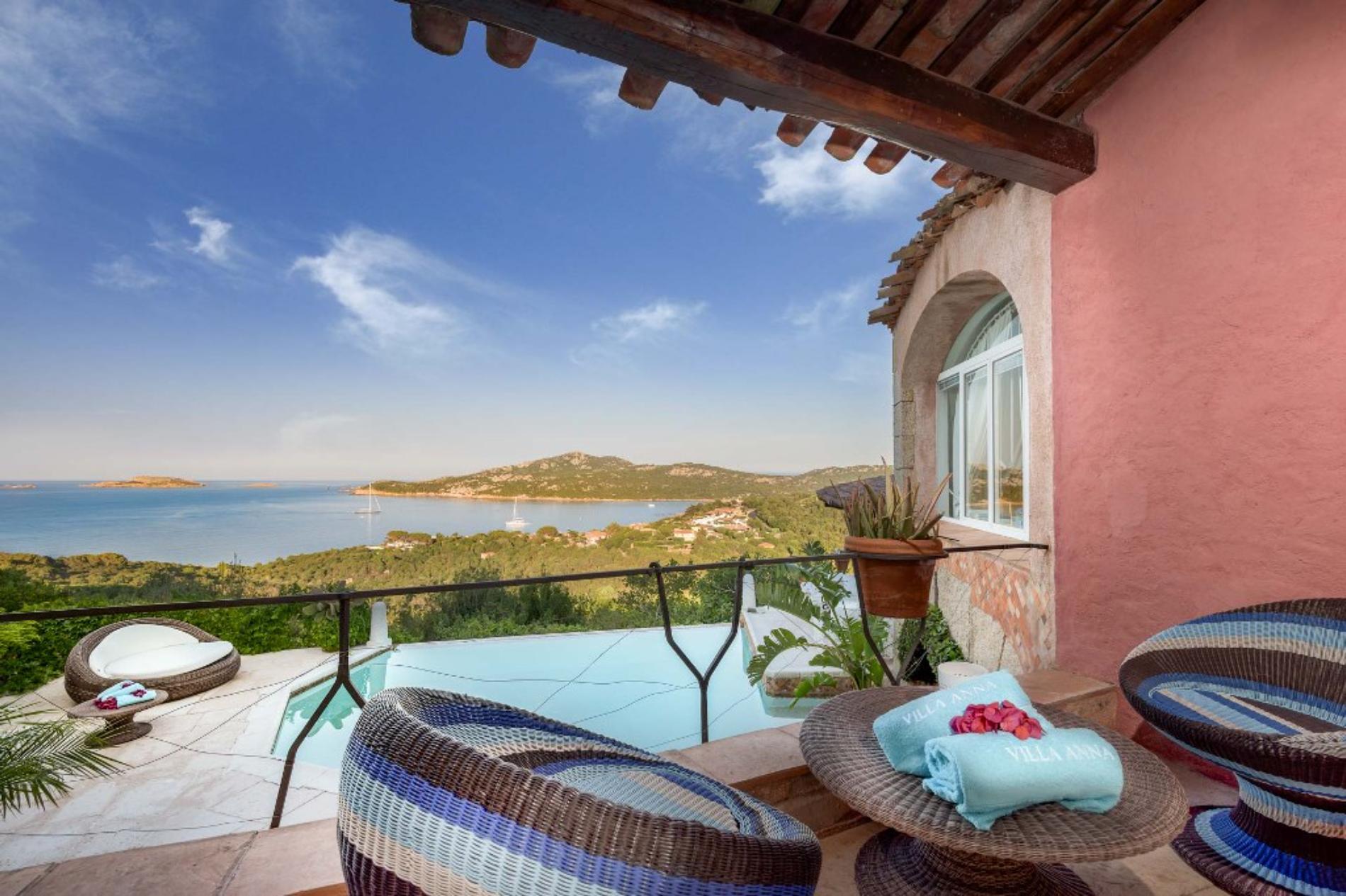
Chapter 1: Billions by The Bay
If exclusivity were a currency, Porto Cheravo would make Monaco look like a bargain bin at your local discount store. The crown jewel of Sardinia’s famed Costas Moralda attracts wealth with magnetic force, creating a category so elite that billionaires occasionally check their bank balances twice. Along this 35 km stretch of pristine Sardinian coastline, the Mediterranean Sea transforms into an artist’s pallet, painting daily spectacles of sapphire and emerald hues that give the coast its evocative name. Here in this purpose-built paradise, births at the marina exceed the cost of luxury homes elsewhere. with space for 700 boats, including 60 dedicated super yacht slots for vessels that arrive each summer with helicopter pads aboard. Property values in Ramadino Bay command €300,000 per square meter, establishing it as Europe’s most expensive real estate market, where walk-in closets cost more than entire luxury apartments in Rome or Milan.
The Petritza, Romatsino, and Kala Devulpe hotels consistently rank among the 10 most expensive accommodations worldwide, offering presidential suites that cost per night what many Europeans earn in half a year. When Steven Spielberg’s yacht Seven Seas docks near Eclipse, oligarch Roman Abramovich’s 528 ft floating palace alongside the Sultan of Omen’s [Music] also Chervo maintains a human scale despite its outsized reputation. Housing a permanent population of 421 residents who witness the seasonal influx of global plutoaucrats and their marine treasures. The village stands apart from any Mediterranean competitor, representing a vision where extravagance meets restraint and every architectural element serves both aesthetics and harmony with nature. The structures communicate wealth through subtlety rather than ostentation. Meticulously designed low-rise buildings in muted Mediterranean tones blend into the landscape with calculated modesty. At the epicenter of this privileged enclave stands the billionaire club launched by Formula 1 maestro Flavio Briator in 1998. Creating theatrical displays where champagne cascades like waterfalls when patrons order 10 bottles complete with fireworks.
Summer transforms the village dramatically as celebrities, royalty, fashion icons, tech entrepreneurs, and industrial tycoons arrive, creating perhaps the world’s highest concentration of wealth per square meter with helicopter arrivals occurring with taxy like frequency. Porto Chervo distinguishes itself through meticulous preservation, protecting the natural beauty that attracted its founders while delivering unparalleled luxury experiences. While much of the Mediterranean shore succumbed to concrete high-rises during tourism booms, Porto Chervo enforced architectural discipline that created an environment appearing to emerge organically from the rugged Sardinian terrain. Walking through pristine marble piazas or along the key side where vessels worth hundreds of millions rest at anchor, visitors experience the rarest of luxury commodities, exceptional taste, working in harmony with extraordinary wealth. The unwritten social code demands discretion above all, creating the Mediterranean’s anti- Las Vegas, where everything happens quietly, elegantly, and without public documentation. Porto Charvo represents a unique creation story conjured from barren coastline 60 years ago into perhaps the most meticulously crafted luxury resort on Earth. The story begins with a young visionary who forever changed luxury tourism, Prince Karim Aakhan IV.
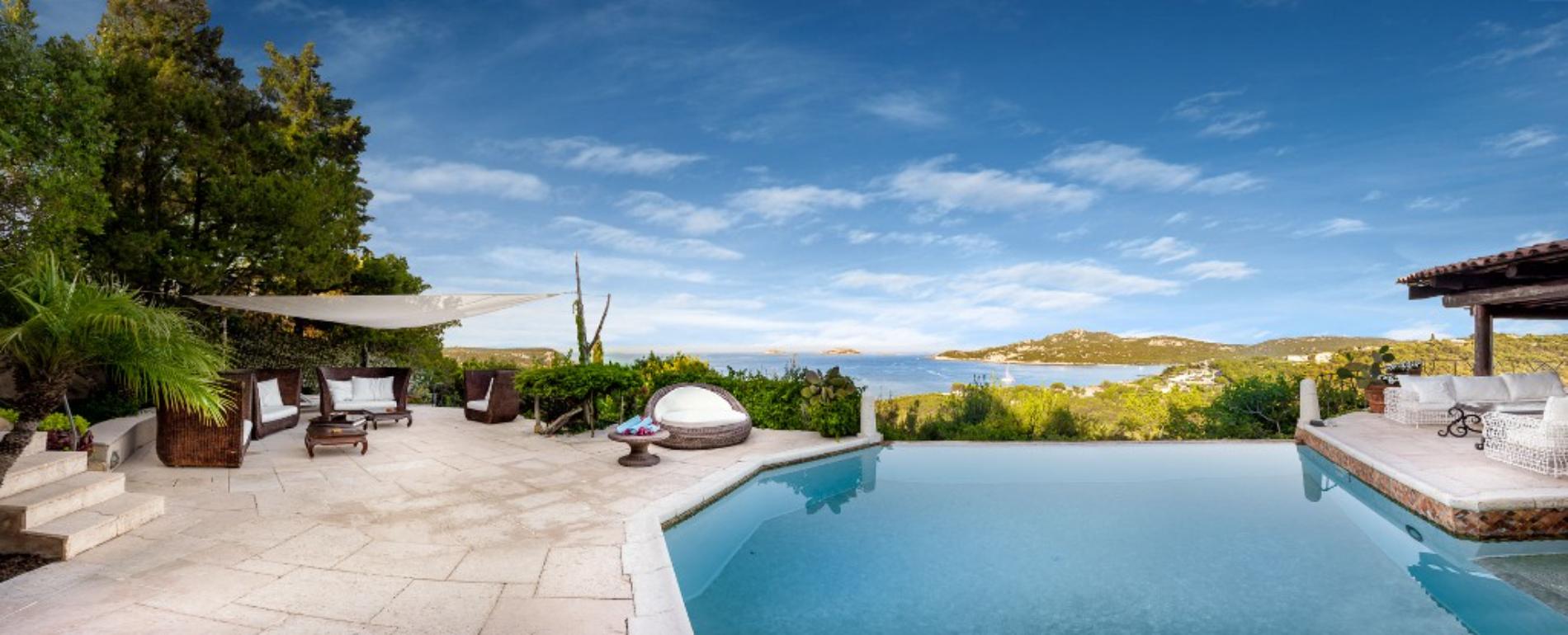
Chapter 2: A Prince’s Vision
At the year was 1958 when Prince Karim Aak Khan IV first encountered what locals called Monty Deola, a wild untouched stretch of northeastern Sardinian coastline destined to redefine global luxury. At merely 22 years old, the Harvard educated spiritual leader of the world’s smiley Muslims arrived after a 4-hour trek along mule trails to find an investment property lacking basic amenities. No paved roads, no electricity, no running water. Sardinian stories recount how the prince initially considered the purchase a miscalculation. Yet everything changed when he returned the following summer aboard his yacht. Viewing the coastline from the sea transformed his perspective completely. From offshore, the young Ara Khan perceived unlimited potential in the pristine landscape. A blank canvas for creating an exclusive resort that would welcome varied financial brackets. as he explained in a 1964 interview intended for wallets of all sizes. On March 14th, 1962, the prince gathered with lawyer Mario Altea Dmpio and a select group of investors to formally establish the consortia Costa Smearalda, committing 5,000 acres of uninhabited terrain to a revolutionary luxury concept.
While developers elsewhere constructed concrete monoliths along Mediterranean coastlines, the Arga Khan enacted rigorous architectural guidelines that protected the natural beauty, mandating buildings conform to the mountainous landscape rather than imposing upon it. His revolutionary construction codes limited structures to low-rise profiles with pastel color pallets rather than stark white facades. With every building first modeled in wire to verify environmental harmony before construction began, Swiss French designer Jacqu Quell collaborated with Italian architect Luigi Vieti to pioneer a Mediterranean village aesthetic, combining traditional Sardinian elements with innovative approaches that birthed the signature Costas Moralda architectural language. Vieti, credited with naming the Emerald Coast, crafted both Portovo village and Serbiat Villas for the prince’s personal use. Selecting premium materials and classical forms that achieved a timeless balance between historical reference and contemporary function. The Quell dynasty, Father Jacqu and son Sav applied their sculpture architecture fusion philosophy, incorporating local granite, traditional woods and unconventional materials like wire while engaging regional artisans for detailed craftsmanship. Their crowning achievement, Hotel Kala Devulpe, epitomizes the Porto Chervo contradiction, externally mimicking a modest fishing village while housing ultramodern luxury interiors, establishing the signature contrast that defines the resort’s unique character. The Aakhan’s environmental foresight surpassed mere aesthetics. He explicitly prohibited shoreline construction, preserving pristine beaches decades before conservation became standard practice in coastal development. Transportation infrastructure expanded rapidly with the Arakhan founding Alisardada airline later renamed Meridiana in 1963 followed by Olia Costostas Morala airport four years later to connect his creation with global destinations.
The comprehensive development strategy included specialized divisions. STEGS handling water systems and engineering. Porto Chervo spar managing port development while a dedicated woodworking facility on a Porto Chervo hillside ensured architectural details met exacting standards. Though managing global business empires and spiritual leadership responsibilities, the Ara Khan maintained hands-on involvement, presiding over 7 a.m. board meetings at the tennis club during his monthly visits. The resulting creation transcended conventional resort development, achieving harmony between luxury and landscape, where aesthetic integrity commanded equal importance to profitability. This transformation of barren terrain into a naturally integrated luxury enclave established a pioneering model for sustainable development. Contrasting sharply with unbridled construction that characterized other Mediterranean destinations. The Arakhan’s audacious experiment would surpass even his expectations, becoming the premier destination for global elites and redefining luxury tourism for generations to come.
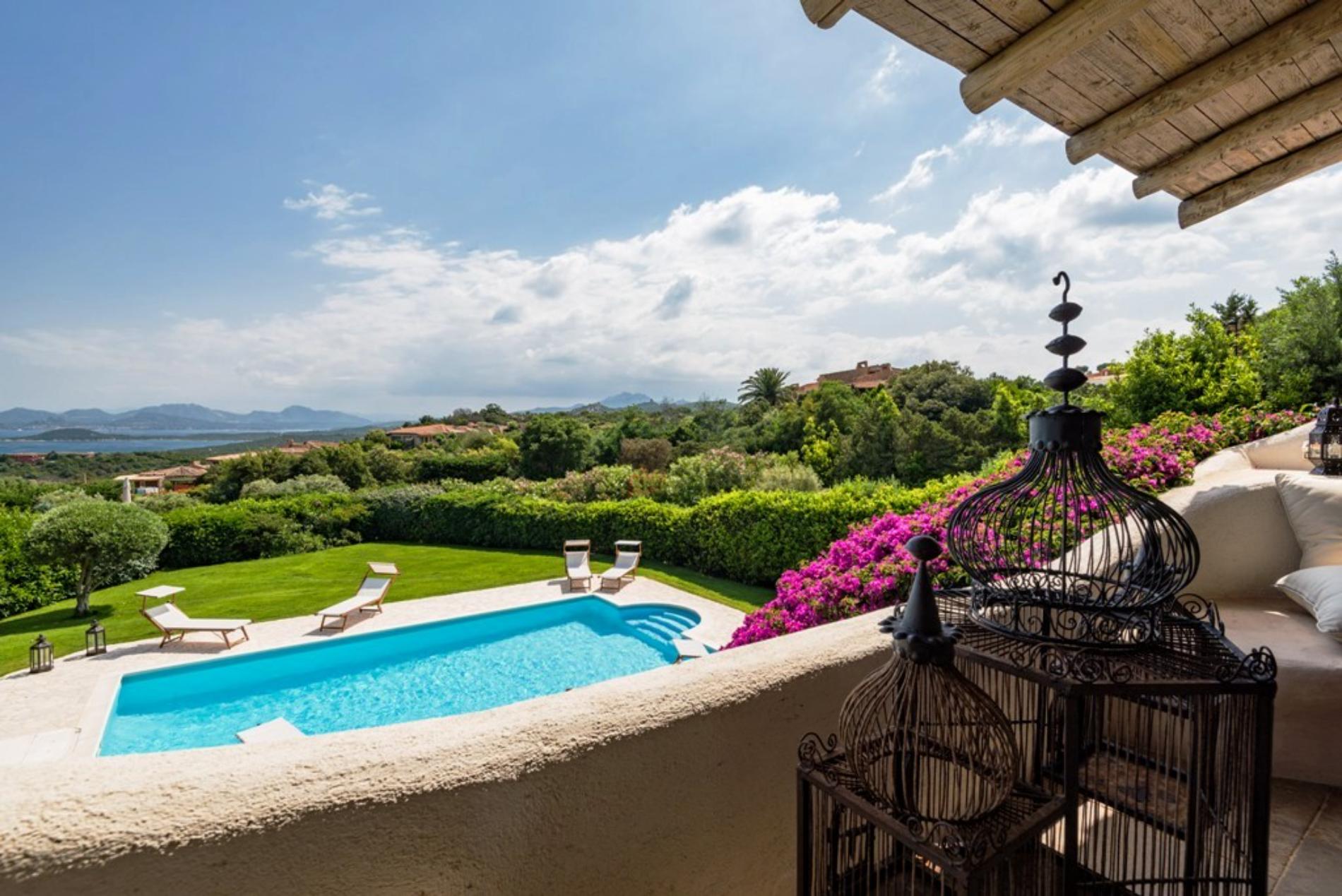
Chapter 3: The Evolution of Exclusivity
As the 1970s dawned, Porto Chervo had solidified its position as a luxury destination without peer, drawing European aristocracy, industrial magnates, and celebrities seeking both hedonism and privacy. The Arakhan’s ambitious vision had materialized into an enclave for the privilege that balanced exclusivity with authenticity. An especially impressive achievement considering its creation within a single decade. Yacht Club Costa Smearalda, established in 1967, rapidly ascended to become the Mediterranean’s premier sailing organization, positioning Porto Charvo as the undisputed hub of elite yachting with prestigious regattas attracting royal sailing enthusiasts from across Europe. Fiat patriarch Giani Aneli, known throughout Italy as Lavocato and a personal friend of the Aakhan, brought his influential social circle, including fashion designers who would eventually open boutiques along Porto Charervo’s elegant marble prominards.
The 1980s witnessed critical expansion with the creation of Porto Charervo Marina complementing the original harbor rechristened Portoveio with cutting-edge facilities designed specifically for the growing armada of super yachts descending upon the Emerald Coast each season. This marina transcended its functional purpose to become the social heart of the community where titans of industry and heirs to fortunes gathered at waterfront establishments strategically positioned to capture the dramatic Sardinian sunsets. Porto Chavo cultivated a rare atmosphere of protected exclusivity where high-profile guests enjoyed freedom from media intrusion. Business leaders conducted discrete negotiations over extended meals and aristocratic lineages socialized comfortably with self-made billionaires. The flagship hotels Kala Devulpe, Petritza and Romatino emerged as luxury icons in their own right, pioneering service standards that competitors scrambled to emulate, while their distinctive architectural profiles became instantly recognizable status symbols. When Peo Golf Club unveiled its championship course in 1972, it added a crucial sporting dimension to the resort, threading through the aromatic Makia whose distinctive Mediterranean fragrance became an alactory signature of the Porto Charvo experience. Throughout its growth phases, the consortia Costas Moralda exercised unwavering oversight of all development, enforcing architectural cohesion and environmental protection with a vigilance that preserved the founding aesthetic principles. Meticulous attention extended to seemingly minute details, burying electrical cables underground rather than installing overhead lines that would disrupt views and carefully choreographing pathways to reveal breathtaking vistas at calculated intervals.
The summer residents gradually establish distinctive social patterns and traditions. Sunset apparentivos, marathon dinner parties, yacht hopping during regattas, creating an exclusive seasonal community with unwritten but strictly observed protocols. Strategic limitation of accommodation inventory preserved the resort’s exclusivity despite its growing international reputation. Deliberately maintaining scarcity that ensured continual excess demand and prevented any risk of overcrowding. Porto Chervo demonstrated a unique capacity for evolution that preserved its fundamental character, introducing new attractions and facilities that enhanced the experience without compromising its essential identity. By the early 1990s, the resort occupied an unassailable position at top the global luxury pyramid, symbolizing something beyond wealth alone. discerning taste, cultural sophistication, and membership in a global community of connoisseurs. The meticulously crafted paradise still lacked a singular element to secure its dominance in the approaching millennium, a high energy social venue that would complement the resort’s refined atmosphere with a dash of spectacle. This catalyst arrived in 1998 through an audacious Formula 1 personality who recognized Porto Cheravo needed a club commensurate with its billionaire patronage. Creating a space where extravagance knew no bounds and beautiful people could revel until sunrise.
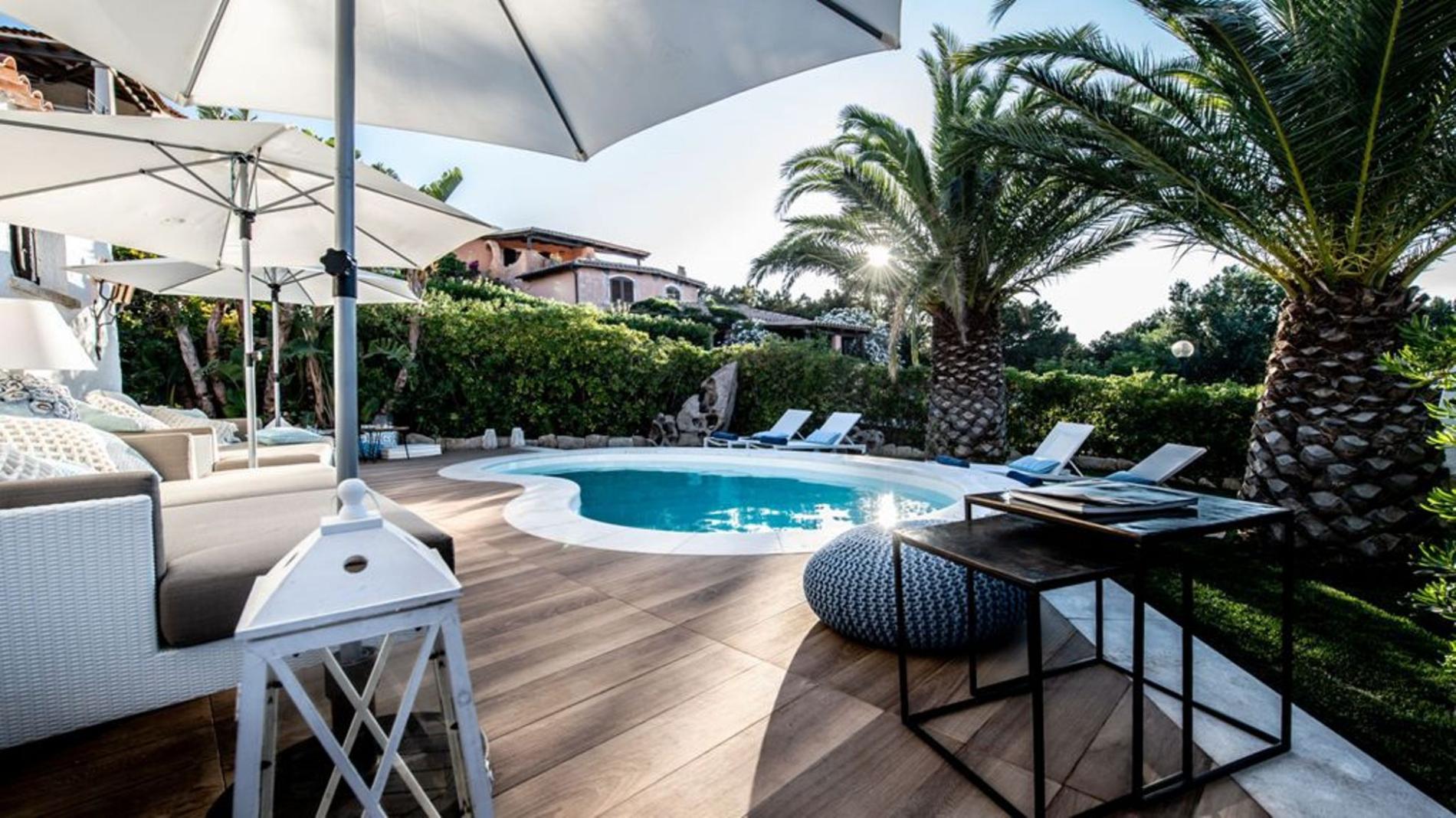
Chapter 4: Billionaires, Briatore, and Beyond
Summer 1998 witnessed Porto Chervo’s landscape forever altered when Flavio Briatoré, the charismatic Formula 1 manager behind Michael Schumacer’s racing dominance, launched his bold enterprise, Billionaire Club. Described in the venue’s promotional materials as demonstrating sixth sense and vision, Bria established an entertainment complex that immediately captured the elite and international crowd gravitating around Porto Charvo, fundamentally transforming the resort’s social dynamics. The establishment’s brazen name reflected its creators marketing savvy. Briator selected billionaire specifically because as he explained such provocative branding was not easy to forget while delivering precisely the extravagant experience such nomenclature promised. Architecturally integrated into a traditional Mediterranean villa strategically positioned on a hillside commanding views of Costas Moralda’s coastline. The club featured sophisticated multi-tiered spaces, including intimate a loves and panoramic balconies surrounding an expansive central terrace. The venue gained immediate notoriety for its theatrical wealth displays.
Ordering 10 champagne bottles simultaneously triggered dramatic drum rolls, pyrochnic shows, and superhero theme songs while beautiful patrons danced at top tables until daybreak. Celebrity magnetism became an essential element of the billionaire formula with Briator utilizing his extensive Formula 1 connections to ensure continuous star power that reinforced the club’s aura of exclusivity and aspiration. Italian Prime Minister Sylvio Berleskonei, who maintained a substantial villa along the coast and counted Brioreé among his close associates, frequented the establishment regularly, effectively turning Porto Chervo into an unofficial summer annex of Rome’s political power structure. Controversy eventually shadowed the glittering venue. During 2012, Briator made headlines by announcing the club’s closure, publicly criticizing Mario Monty’s technocrat administration for generating social hate through aggressive tax enforcement targeting luxury yacht owners. Briator’s frank assessment to Italian magazineqi. In Italy, if you have a big boat and you arrive in a port, you are seen as either a bandit or a thief. captured the growing tension between conspicuous affluence and public sentiment, occasionally clouding Porto Chervo’s carefree atmosphere. The shutdown proved short-lived as Billionaire Club underwent strategic reinvention, gradually transitioning from pure nightclub toward Briator’s expanded billionaire experience concept, blending upscale dining with theatrical entertainment, including professional dancers, vocalists, and acrobats. The 2020 pandemic forced additional adaptation when Briator acknowledged that COVID 19 had permanently altered nightlife, declaring the traditional dance floor concept obsolete while expressing confidence that social connection would endure through modified formats. Billionaire Club epitomized Portochervo’s broader transformation, expanding from the Aakhan’s original vision of architectural restraint toward more overt wealth celebration, mirroring global wealth patterns with new fortunes flowing from technology, financial engineering, and emerging markets. Ownership transitions paralleled these cultural shifts.
American investor Tom Barrick acquired key assets through his Colony Capital Vehicle in 2003 for approximately €290 million, including control of the marina, four signature hotels and golf facilities. The internationalization continued when Qatar Holdings, the sovereign wealth operation of Qatar’s royal family, bid for Smeiralda Holdings control, reflecting how Porto Chervo’s audience had evolved from predominantly European aristocracy toward a global ultrawealthy community. Despite these structural and stylistic transformations, Portovo preserved its fundamental appeal. The harmonious marriage between exceptional natural splendor and architectural refinement creating an environment where global billionaires find stimulation alongside serenity. Modern challenges inevitably emerged. Climate disruption brought increasingly extreme Mediterranean weather patterns with unprecedented temperature records and unpredictable storm systems occasionally interrupting the meticulously orchestrated summer calendar. Cultural contradictions intensified between maintaining traditional privacy standards versus accommodating contemporary visibility expectations. a particularly delicate balance in an era dominated by social media documentation and instantaneous global information sharing.
Chapter 5: The Emerald Legacy
Six decades after Prince Karim Aakhan IV first glimpsed potential in an undeveloped Sardinian shoreline, Porto Chavo stands as an unparalleled achievement in resort creation where billionaires vy for marina access and real estate commands prices that shatter economic models. The minuscule settlement housing a mere 421 permanent residents transforms each summer with an armada of mega yachts collectively valued beyond 1 billion pounds attracting a global registry of wealth from software innovators to petroleum monarchs. Porto Cheravo’s enduring triumph stems from unwavering commitment to its founding ideology rather than constant renovation or expansion. Preserving the Arakhan’s original mandate of landscape reverence, architectural coherence, and aesthetic restraint. While neighboring Mediterranean destinations succumbed to excessive construction, Porto Chervo maintained stringent development controls that safeguarded both exclusivity and environmental integrity, creating a self-reinforcing cycle where limited availability sustained premium pricing while preserving exceptional quality. The dual harbor marina complex comprising historic Portoveio alongside contemporary Porto Chayvo Marina accommodates 700 vessels including 60 designated superyacht births functioning as the resort’s central social exchange where global plutoaucrats display nautical masterpieces each season. Contemporary Porto Chervo presents a fascinating contradiction, ranking among Earth’s most financially prohibitive locations while maintaining an atmosphere of timelessness where modern excess meets architectural discipline against a backdrop of pristine natural splendor. The prestigious yacht club Costas Moralda maintains its international sailing prominence by hosting elite competitions including the September Rolex Cup and June’s Loro Piana Superyacht Riata. Temporarily transforming the harbor into an exhibition of the world’s finest sailing vessels. Retail luxury has elevated from supplementary amenity to essential attraction with Via Camarell showcasing flagship boutiques from prestigious fashion houses including Louis Vuitton, Dolce and Gabbana, Chanel, Hermes, Dior, Valentino and Ferraamo. Many creating exclusive collections. The landmark hotels that established Porto Chioivo’s early reputation, Caladiv, Petritza, and Romatsino continue commanding premium positions among global accommodation rankings. Their pioneering designs now considered definitive references for Mediterranean resort architecture.
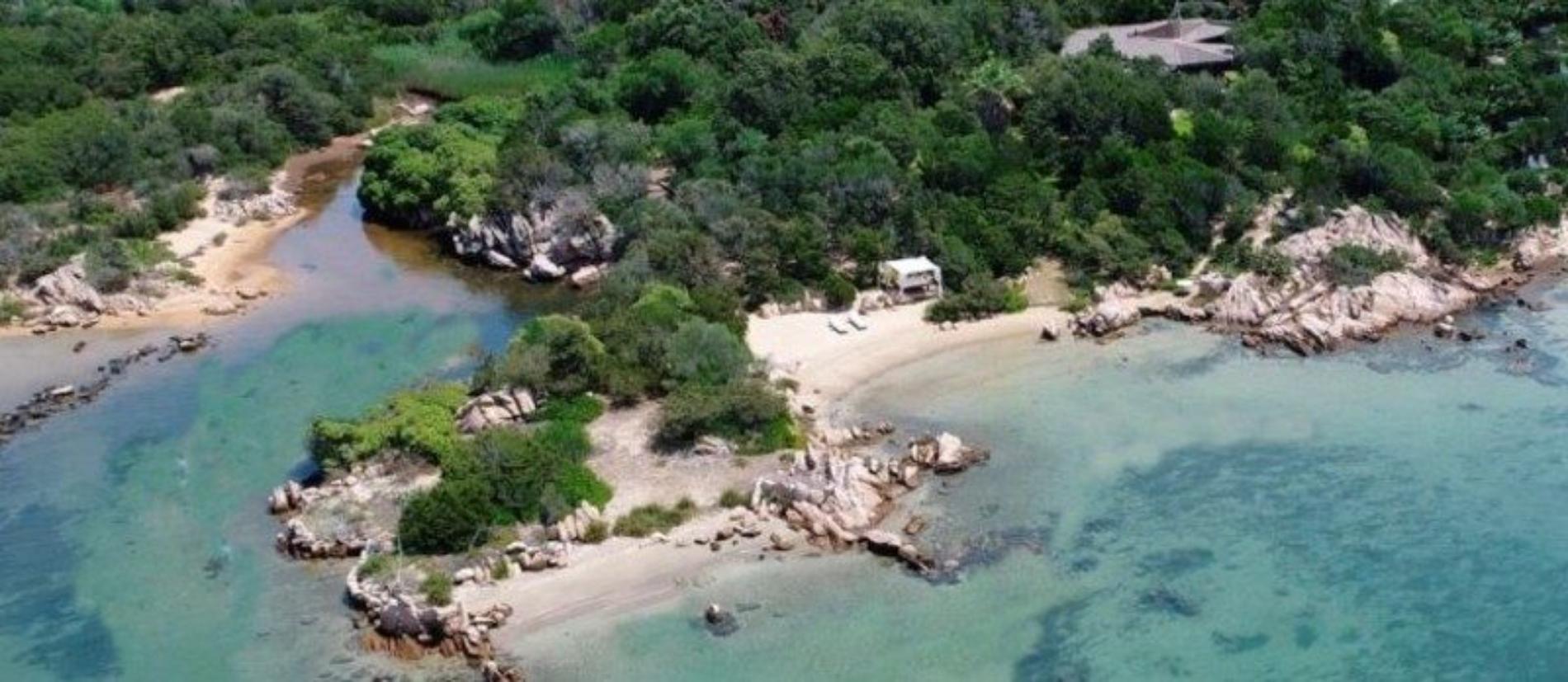
Flavio Briator’s entertainment portfolio has diversified beyond the original billionaire club to encompass Crazy Pizza and additional ventures, solidifying his position as Porto Charervo’s entertainment authority while continuously adapting to evolving preferences and circumstances. Real estate valuations contradict fundamental market principles with Ramadino Bay properties fetching 300,000 per square meter elevating homes beyond mere investments into rarified status markers accessible exclusively to the financial stratosphere. Examining Porto Chervo 60 years after inception reveals an extraordinary fulfillment of its creator’s intent, transcending commercial success to achieve genuine environmental stewardship that enhances rather than exploits its natural setting. The Aga Khan’s forward thinking development philosophy implementing architectural guidelines protecting shorelines from construction requiring landscape integration anticipated contemporary environmental priorities decades before sustainability entered mainstream consciousness. Strategic questions surround Porto Charavo’s future trajectory. Will its exclusivity endure amid expanding global wealth distribution? Can its environmental balance withstand accelerating climate disruption? Will its restrained aesthetic satisfy digital era visitors accustomed to immediate gratification?
Porto Chervo’s historical adaptability while maintaining core identity suggests a promising path forward. Introducing contemporary amenities and experiences without compromising fundamental principles that distinguish it from luxury competitors. The resort’s ultimate contribution may transcend its role as affluent sanctuary to serve as prototype for environmentally conscious development. demonstrating how human habitation can complement natural settings rather than overwhelm them. Lucky visitors experience a rare perspective where financial constraints disappear, but aesthetic judgment prevails, where billion doll vessels and designer boutiques somehow become secondary to nature’s simple pleasures. Mediterranean sunsets illuminating perfectly proportioned hills. And now I’d love to see you in the comments. Have you been to this legendary luxury location or somewhere similar? I look forward to hearing from you below. And tata until the next episode.

